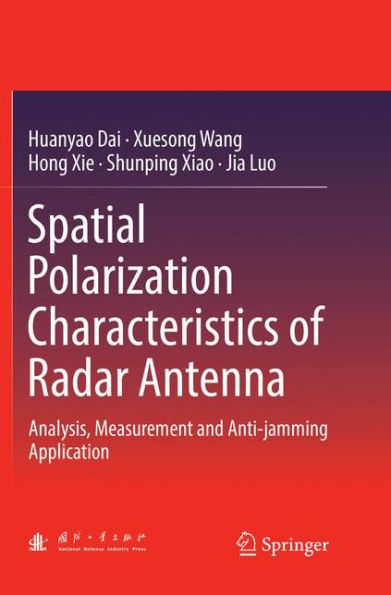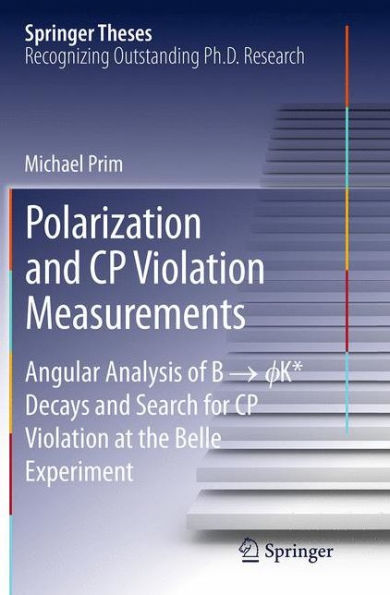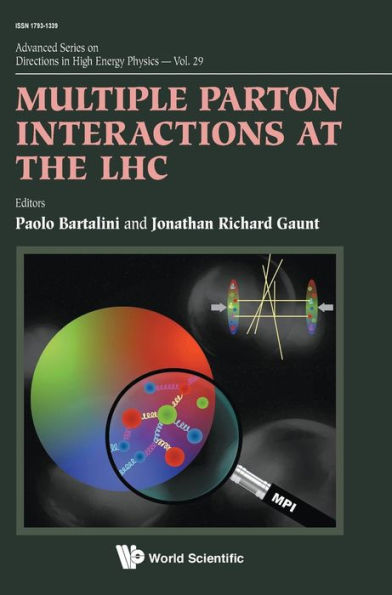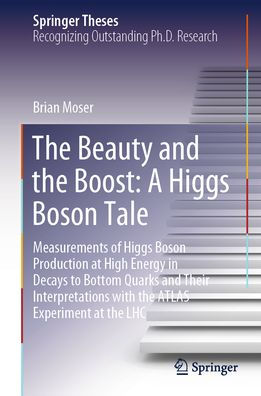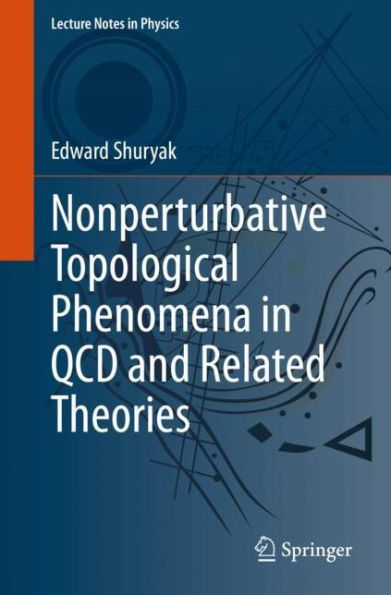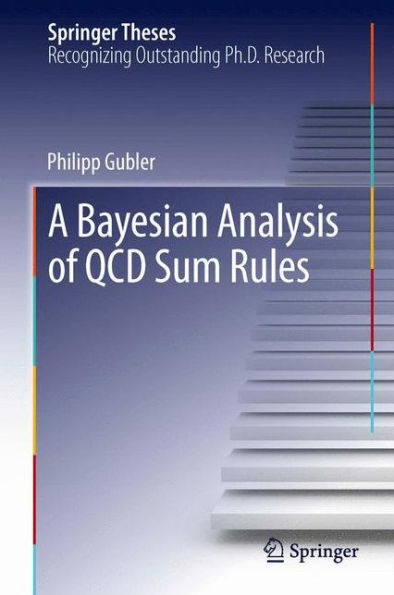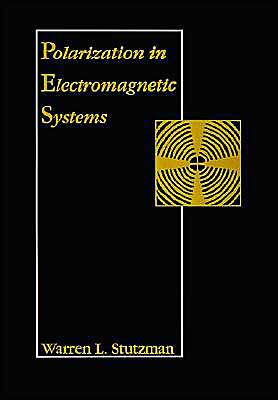Home
Measurement of Quarkonium Polarization to Probe QCD at the LHC
Loading Inventory...
Barnes and Noble
Measurement of Quarkonium Polarization to Probe QCD at the LHC
Current price: $54.99
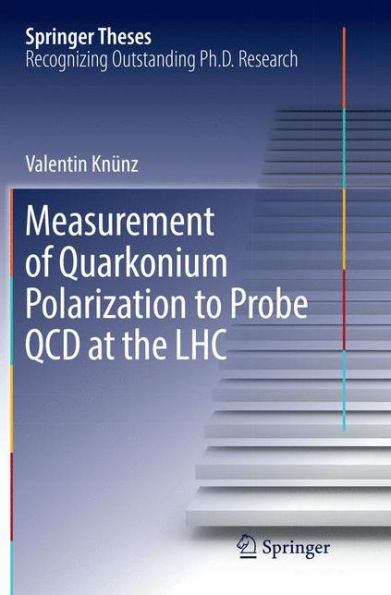

Barnes and Noble
Measurement of Quarkonium Polarization to Probe QCD at the LHC
Current price: $54.99
Loading Inventory...
Size: OS
*Product Information may vary - to confirm product availability, pricing, and additional information please contact Barnes and Noble
This thesis discusses in detail the measurement of the polarizations of all S-wave vector quarkonium states in LHC proton-proton collisions with the CMS detector. Heavy quarkonium states constitute an ideal laboratory to study non-perturbative effects of quantum chromodynamics and to understand how quarks bind into hadrons.
The experimental results are interpreted through an original phenomenological approach, which leads to a coherent picture of quarkonium production cross sections and polarizations within a simple model, dominated by one single color-octet production mechanism. These findings provide new insights into the dynamics of heavy quarkonium production at the LHC, an important step towards a satisfactory understanding of hadron formation within the standard model of particle physics.
The experimental results are interpreted through an original phenomenological approach, which leads to a coherent picture of quarkonium production cross sections and polarizations within a simple model, dominated by one single color-octet production mechanism. These findings provide new insights into the dynamics of heavy quarkonium production at the LHC, an important step towards a satisfactory understanding of hadron formation within the standard model of particle physics.
